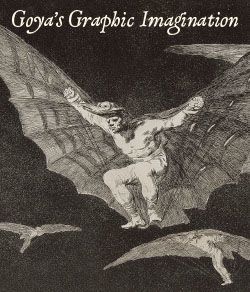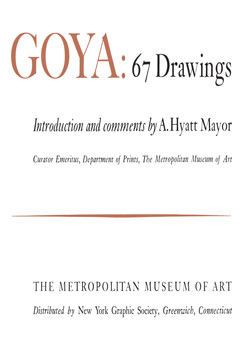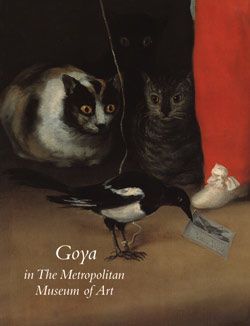Self-Portrait; Plate 1 from "Los Caprichos"
Goya (Francisco de Goya y Lucientes) Spanish
Sitter Goya (Francisco de Goya y Lucientes) Spanish
Not on view
In the first plate from the Caprichos, Goya presents himself as a sardonic observer of contemporary society; even nineteenth-century commentaries describe his censorious, somewhat pained expression as satirical. The image has been said to embody observation as a "model of artistic endeavor," in contrast with imagination, the subject of a second self-portrait in the Caprichos, hanging nearby. After transferring the preparatory red chalk drawing to the copperplate (1972.118.295), Goya made various corrections before applying aquatint in two layers to achieve the tonal values of a wash drawing. Goya was one of the first Spanish artists to use the aquatint process, which produces tiny etched channels that, when inked, print as a veil of tone.
Los Caprichos was published in Madrid in 1799. The series deal broadly with superstition and human folly. They were the artist’s personal declaration that the chains of social backwardness had to be broken if humanity was to advance, attesting to his political liberalism and his contempt for ignorance and intellectual oppression. Goya’s expression and elegant attire provide a compelling introduction to the series, announcing him as the creator while revealing the gravity of his personality and his intentions.
Due to rights restrictions, this image cannot be enlarged, viewed at full screen, or downloaded.





